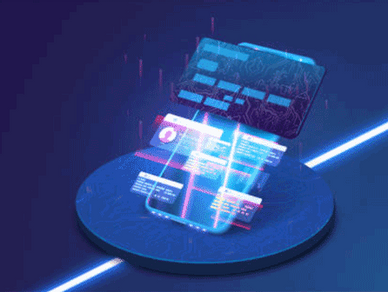The following is Part One of a three-part series focusing the highlights of a Volante Technologies survey report of 160 mid-tier banks and credit unions in the U.S.
It’s been a slow burn for The Clearing House’s (TCH) RTP® real-time payments network. Since the first real-time payment, issued between BNY Mellon and US Bank in Nov 2017, adoption has maintained a steady if undramatic pace. As of September 2021, TCH reports approximately 150 financial institutions on the network.
Given that some of these institutions are among the largest banks in the country, that translates to well over 50% of US DDAs. However, to reach any form of ‘ubiquity’, there are still thousands of financial institutions to go.
Based on a recent survey carried out by Volante Technologies, that adoption curve will be steepening soon, particularly for mid-tier banks. (To learn more about the trends behind the acceleration in RTP adoption, and the mid-tier banking payments landscape in general, download your complimentary copy of Volante’s 2021 Mid-Tier Banking Payments Modernization Survey now.) To test the appetite of mid-tier banks for real-time payments, Volante polled a sizeable portion of the mid-tier market segment – 160 banks and credit unions, with assets ranging from $2bn to $30bn – about their RTP plans, and uncovered some intriguing trends.
About 15% of the respondents were already connected to RTP, a response consistent with TCH’s current participation counts. Roughly twice that number expressed a clear intent to connect to RTP within the next year, implying that the total number of RTP-capable mid-tier banks will triple in 2022. If this prediction is borne out, it will be the fastest increase in RTP membership in the history of the network.
This data prompts two questions. Why the slow start, given that consumers and businesses consistently express a strong preference for real-time payment services? And why is the pace picking up now, particularly in the mid-tier segment?
There are several reasons for the slow start. There was no mandate to adopt RTP, and rolling out a new payment type was seen as a complex proposition by many banks. RTP, in addition to requiring clearing and settlement in just a few seconds, also requires 24x7x365 operation. Traditional payment systems, particularly single-purpose wire or ACH systems, could not be adapted to these requirements.
Concerns about fraud and security also played a part, since RTP transactions are irrevocable once settled. Finally, many banks found that the traditional business case methodology for justifying new products was not well suited to RTP, because of the lack of precedent for the cost of a new payment rail, and of a clear line of sight to revenue.
As to why mid-tier banks are now coming around to RTP, the other findings of the survey provide some illumination:
- Only 22 percent of mid-tier banks use a core processor for payment services, with the vast majority opting for a best of-breed approach, even among smaller institutions. Ease of upgrading to new payments capabilities, better pricing and reporting, and 24×7 operations were important factors in the shift away from core. Without a reliance on dated cores, more and more mid-tier banks are free to evolve towards RTP.
- When asked to identify the problems they would like to solve in payments, respondents cited adding new payment types and features, adding real-time / faster payments capabilities, more automation, 24×7 operations, and faster upgrades to bring new services to market as key challenges to solve. The right real-time payments adoption approach solves many of these challenges.
One of the biggest contributors to the change in sentiment is the increasing availability of cloud-based Payments as a Service (PaaS) solutions for RTP, which eliminate many of the barriers that have held banks back from RTP:
- PaaS allows mid-tier banks to benefit from the same resilient solutions enjoyed by Tier 1 institutions, at a fraction of the cost
- With rising volumes in ACH and wire identified in the survey as the top productivity challenge in payments, PaaS for RTP guarantees that a bank’s payment service will scale with its customer demand
- With modern PaaS services increasingly much more secure than bank data centers (Volante has recently achieved ISO 27001:2013, SOC1, SOC2, and PCI DSS certifications for its service, a first in the industry), concerns about fraud and privacy are mitigated
- The transition to true 24x7x365 processing is simplified, with PaaS services running natively in the cloud in active-active deployments with zero downtime, and offering stand-in processing and liquidity management to bypass older business-day DDAs
It is not surprising given the above, that of all the modernization initiatives planned by survey respondents in the next year, cloud and PaaS took the top spot, with replacement of wire, ACH, and other payment systems following closely behind.







